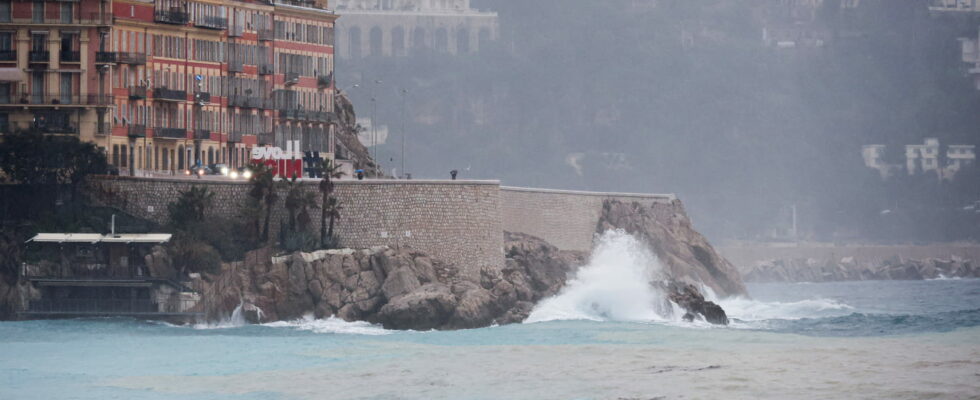By the year 2100, it will be very difficult to live in certain French departments.
Global warming is a reality against which society and the governments of countries around the world are trying their best to fight. But the task is arduous. Since the industrialization of the 19th century, this natural phenomenon of global warming has increased considerably. This has significant consequences for the entire environment and puts the natural habitat of many species in danger. Global warming is notably responsible for the rise in sea and ocean levels. If for the moment the first concerned by these risks are the species living in glacial environments, whose territory is increasingly reduced. But in the long term, the human species will also be affected by this danger. A phenomenon that has actually already started.
Islands around the world are also on the front line facing the risk of rising water levels. For some, this danger is already concrete. This is the case for example in the Pacific Ocean, for the Tuvalu archipelago, two of its atolls have already been submerged. In November 2023, Australia announced that residents of this archipelago could apply for asylum as climate refugees. With rising sea levels, Tuvalu could completely disappear by 2100. A date at which many other territories could be in danger, even in France. For ecological but also economic reasons, many French departments are affected by this risk.

A study published in January 2024 in the journal Nature on the economic impact of climate change in Europe reveals that 9 French metropolitan regions will see their GDP decrease more or less considerably by 2100. A phenomenon which coincides with the estimates of the IPCC (Intergovernmental Panel on Climate Change). climate) according to which the global level of the oceans could rise by 28 cm by 2100. In France, the coasts could be faced with a rise in sea level of 30 cm on the same date. According to the study published in Nature, the French regions most affected will mainly be those located on the Atlantic coast but also Hauts-de-France and Ile-de-France, to a lesser extent.
According to the study data, Ile-de-France will be the least affected region with a drop in its GDP of between 0 and 0.5%. Same situation for the departments of Somme and Oise in Hauts-de-France. However, the departments of Nord and Pas-de-Calais will be much more severely affected with a drop in GDP between 5% and 10%. In 2024 these departments are already affected by repeated flood episodes, so it is likely that rising water levels will increase their frequency.
Normandy is also considered at risk according to the study. The region could lose 2% to 5% of its GDP by 2100. Further west, Brittany is affected by the same risk. Two regions of the Atlantic coast are affected by an even greater loss of GDP. These are Pays-de-la-Loire and Nouvelle-Aquitaine which risk losing between 5% and 10% of their GDP. The south of France is also threatened by this phenomenon by 2100 and in particular the regions along the Mediterranean. The study indicates that Occitanie and Provence-Alpes-Côte d’Azur could also see their GDP fall by 0.5% to 2% on this date. Even further south, Corsica is also affected by such a loss of its GDP.
